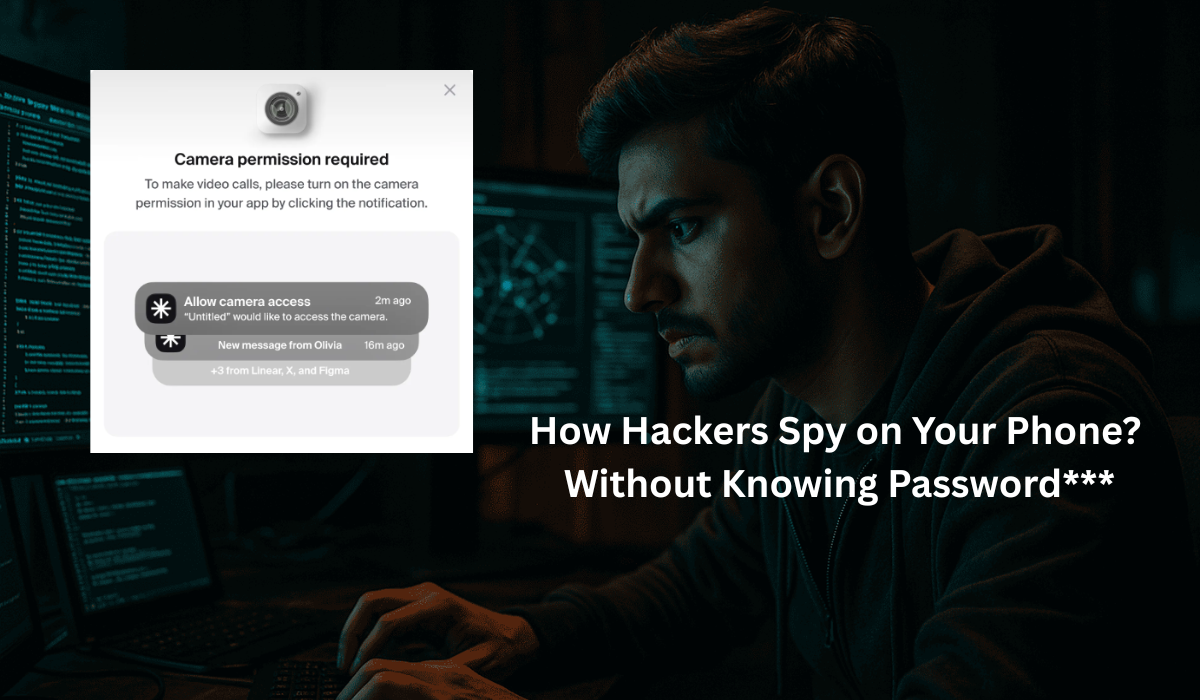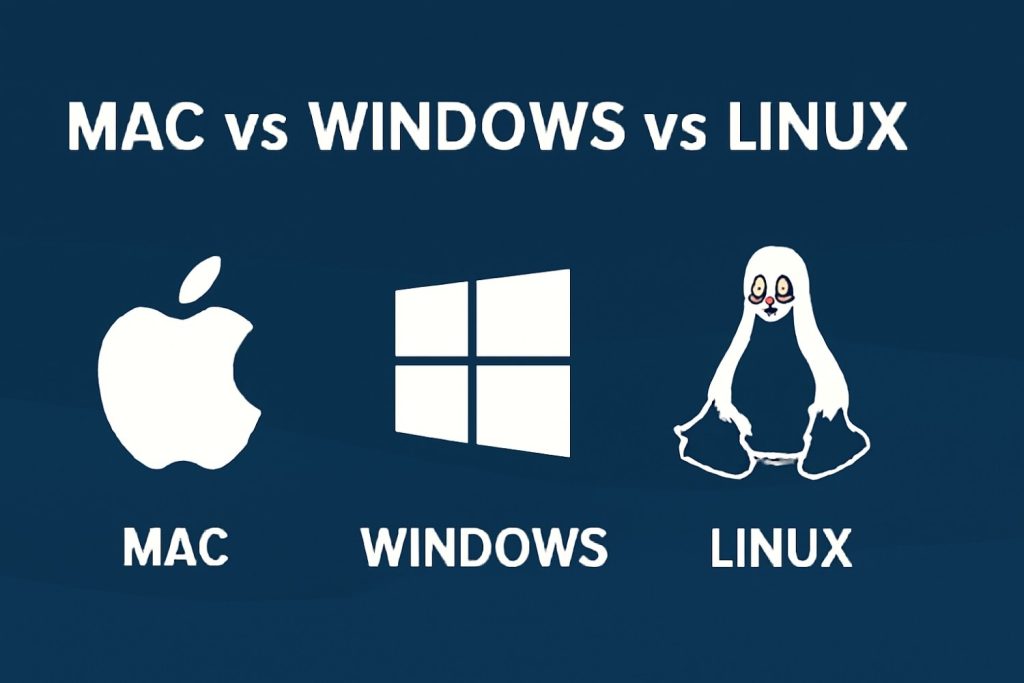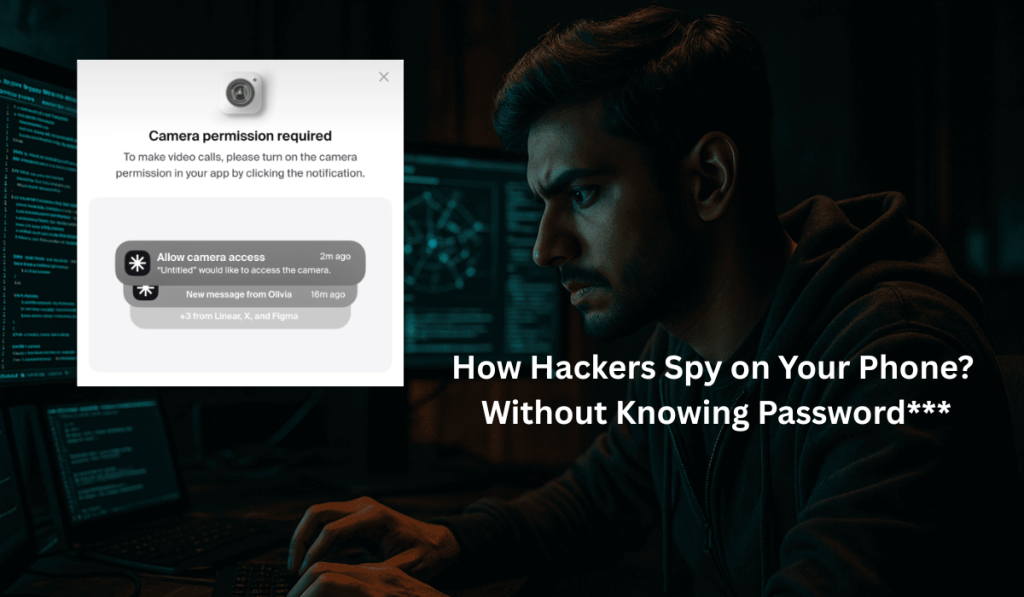Tired of watching endless hacking tutorials but still feel stuck? You’re not alone. Thousands of aspiring ethical hackers fall into the same trap: tutorial hell. It’s where learning feels productive—but nothing really sticks.
In this post, we’ll break down the myths of passive learning, explore the dangers of content overconsumption, and show you a better path to becoming a real hacker. If you’re serious about cybersecurity, penetration testing, or bug bounty hunting, keep reading.
What Is Tutorial Hell?
Tutorial hell is that deceptive cycle where you feel like you’re learning because you’re consuming content—YouTube videos, Twitch streams, online courses—but you’re not actually applying any of it. You’re stuck in “infotainment mode,” where you know the terms but can’t apply the concepts.
Signs You’re in Tutorial Hell:
- You’ve watched 30+ hours of hacking content but haven’t found a single valid bug.
- You’ve memorised OWASP Top 10 or CWE lists but can’t navigate a real-world application.
- You can set up Burp Suite, but you don’t know how to use Intruder effectively.
Why Tutorials Alone Won’t Make You Dangerous
Following a tutorial is like copying homework from the smart kid in class. It feels like progress, but it’s just muscle memory without understanding. Real hackers don’t memorize steps—they develop problem-solving muscles.
- Hacking isn’t about knowing—it’s about figuring things out.
You need to develop hacker intuition, that gut feeling when something seems off. That doesn’t come from watching—it comes from breaking things, failing, and trying again.
The Turning Point: From Watching to Doing
The real transformation begins when you stop being a passive learner and start doing the work. That means:
- Solving CTF challenges without walkthroughs.
- Digging into undocumented GitHub projects.
- Debugging a web app line-by-line to understand its logic.
- Failing publicly and learning from it.
The Rule: No Passive Learning
Only consume content when you’re actively working on a related task. If you’re not building, breaking, or fixing something, you shouldn’t be watching a tutorial.
Actionable Steps to Escape Tutorial Hell
Here’s how to level up your hacking skills with real experience:
1. Break Something
Spin up a vulnerable lab environment (like DVWA, Juice Shop, or a custom WordPress site) and try to exploit it. Document your process, fix it, then break it again.
2. Join a CTF or Bug Bounty Program
You will fail—and that’s the point. Look for lesser-known bug bounty programs with low competition. Even if you don’t find a bug, you’ll gain invaluable real-world knowledge.
3. Build a Home Lab
Create a safe hacking playground. Add variety—Linux servers, Windows machines, misconfigured Docker containers, or IoT devices.
4. Stop Consuming, Start Creating
Instead of watching another “How to use Burp Suite” video, write a blog post about what you learned from using it. Teach to learn. Share your bugs. Share your failures.
5. Be the Dumbest in the Room
Join hacker communities or CTF teams where you feel out of your depth. Ask questions that make you uncomfortable. This accelerates growth.
Why Real Hackers Don’t Follow Roadmaps
The best hackers aren’t just technicians—they’re strategists. They don’t blindly follow recon steps. They analyze the architecture, map business logic, and find novel attack vectors others overlook.
They explore. They break. They adapt.
There’s no YouTube tutorial for the 0-day you’re going to discover. You have to get comfortable being uncomfortable.
Let Go of the Highlight Reel
Modern hacker influencers often showcase a polished 10-minute exploit. What they don’t show is the sleepless nights, the failed scripts, the dead ends, and the imposter syndrome. Don’t compare your messy journey to someone else’s curated content.
Build a Hacker Mindset
Stop thinking like a follower and start thinking like a problem-solver. Every bug you don’t find is a lesson. Every failed exploit builds your mental arsenal. Every struggle teaches pattern recognition. That’s what builds true hacker intuition.









